One Thing Your Workplace Can do to Promote Disability Inclusion: Get Interpersonal, Check Attitude.

Author : Shyla Wolf
July is Disability Pride Month, a time to celebrate People Living with Disabilities and their contributions while raising awareness of inclusion and accessibility in and out of the workplace.
Disability Pride Month originates from the American legislation known as the ADA, the Americans with Disabilities Act ; However, Disability Pride Month is celebrated internationally. Like other pride movements, Disability Pride requires allyship and encourages allies to push for meaningful change in social and economic settings, which includes the workplace.
For many business owners who recognize disability inclusion is important to their DE&I commitments, retrofitting their space to become accessible can sound daunting and is often associated with the built environment: automatic doors, ramps, elevators, etc.
Often, there can be several reasons a business is not ready to undergo renovations to improve or become physically accessible: delays due to city permits, construction quotes, back-ordered materials, funding, etc.
Interestingly, there are different ways to foster disability inclusion: the structural level covers physical environments, policy, education, and healthcare, and the interpersonal level speaks to attitude, behaviour, and bias. (Wang)
So, even when businesses are physically accessible, they can still score low when building workplaces inclusive to professionals living with disabilities; This gap is often reflected in workplace culture, recruitment and advancement opportunities, policy, and social environment.
Arguably, one of the most profound ways to promote disability inclusion in your organization today is to start by checking your attitude. (And guess what? It's free!)
How Can Attitude Promote Disability Inclusion?
For many people living with disabilities, societal attitude towards disability is one of the most significant barriers to gaining access to employment or career advancement. Individuals who experience physical or psychological disability experience higher rates of pervasive ableism—for example, stereotyping, prejudice, discrimination, and social oppression (Wang). A change in attitude in the workplace would, in effect, alleviate nonphysical barriers to professionals with disabilities seeking equity in the workplace.
Ways to Elevate the Interpersonal Level of Disability Inclusion
- Start by Checking Biases
Research has found that humans have an innate tendency to categorize, and this segmenting helps us negotiate risk while navigating daily life. However, when people are categorized into groups, and these groupings then influence decision-making, this brings with it "pernicious side effects, particularly for systemically disadvantaged social groups" (Holzwarth).
Let's be realistic, every person has developed biases toward one thing or another, and disability is not immune. Bias is often acquired from influence at home, school, work, sport, or through inaccurate portrayals found in popular culture. As a result, people with disabilities experience negative attitudes, stereotypes, and unfair bias while participating in social and working environments (Jantien), which no doubt impact their ability to procure employment or career advancement.
- Avoid Patronizing and Charitable Gestures
Embedded within bias is unsolicited, inappropriate offers of help put onto people with disabilities. Often, these acts are coated with charitable intent, even goodwill. Still, the truth is these acts can come across as patronizing, which can quickly spiral and set the tone of how others will act toward the person living with a disability within the workplace. These circumstances of forced assistance can incur psychological costs as it undermines self-esteem and sense of autonomy and "implies that the recipient lacks the ability to take responsibility for their own welfare" (Wang).
- Adopt Inclusive Language
Like other marginalized groups, people living with disabilities also have preferred language and pronouns. Typically, person-first language is recommended, such as a person with a disability, instead of the disabled, or person with sight-loss or low-vision, rather than blind or visually impaired. However, it is best to consult the individual on their preference first. Likewise, the use of dated slang or distasteful jokes with negative connotations linked to disability identity has no place in any setting.
To understand how attitude shapes disability inclusion in the workplace, it is important to explore the interpersonal level. Instead of looking exclusively at alleviating structural and physical barriers, also check on bias, language, attitude, and how to appropriately interact with a person who lives with a disability as a person first. These nonphysical barriers directly impact a person's ability to successfully engage with all aspects of the job and workplace culture, which can directly inhibit their ability to bring their whole self to the workplace. The interpersonal approach helps organizations produce environments where all members can feel encouraged, accepted, and thrive.
About the Author: Shyla Wolf
Passionate about the arts, accessibility, and community, Shyla has spent her career consulting for various projects, including significant academic events and fundraising galas, corporate collections, and supporting several NFP’s connect with their community.
Shyla has lived with an invisible disability for two decades, a sometimes complex experience where she is often perceived as able-bodied while living with and navigating disability.
Through her work in the accessibility movement with Included by Design (IBD), she can bridge the gap, drawing a parallel between the experiences of PLWD, other marginalized groups, and the broader community. The team at IBD advocates that accessibility is for every{body}, that alleviating physical and attitudinal barriers enables a path forward to inclusion, understanding, and meaningful connections.
References:
Andrews, Erin E., et al. “The Evolution of Disability Language: Choosing Terms to Describe Disability.” Disability and Health Journal , 2022, p. 101328., https://doi.org/10.1016/j.dhjo.2022.101328.
Baldo, Bianca. “Series – Thrive in the Workplace; How to Create Spaces for Employees and Leaders with Disabilities? – Part II.” Intersol , 17 May 2021, https://intersol.ca/news/series-thrive-in-the-workplace-how-to-create-spaces-for-employees-and-leaders-with-disabilities-part-ii/.
“Disability and Employment – Overview and Highlights.” European Journal of Work and Organizational Psychology , vol. 27, no. 1, 2018, https://doi.org/https://www.tandfonline.com/doi/full/10.1080/1359432X.2017.1387536.
Holzwarth, Aline. “Bias Is Built Into Our Brains. But There’s Still Hope.” Forbes , 18 Jan. 2021, https://www.forbes.com/sites/alineholzwarth/2021/01/18/bias-is-built-into-our-brains-but-theres-still-hope/?sh=10ba7196659f.
Jantien. “Attitude - Cap-Able.” Cap , 29 Nov. 2021, https://cap-able.com/understanding-disability-inclusion/attitude/.
Rempel, John. “Removing Hiring Barriers for the Disability Community.” CUPA-HR | The Higher Education Workplace , 2019.
Wang, Katie, et al. “Consequences of Confronting Patronizing Help for People with Disabilities: Do Target Gender and Disability Type Matter?” Journal of Social Issues , vol. 75, no. 3, 2019, pp. 904–923., https://doi.org/10.1111/josi.12332.
The views and opinions expressed in this blog post belong solely to the original author(s) and do not necessarily represent the views and opinions of CPHR Alberta.
The views and opinions expressed in this blog post belong solely to the original author(s) and do not necessarily represent the views and opinions of CPHR Alberta.





